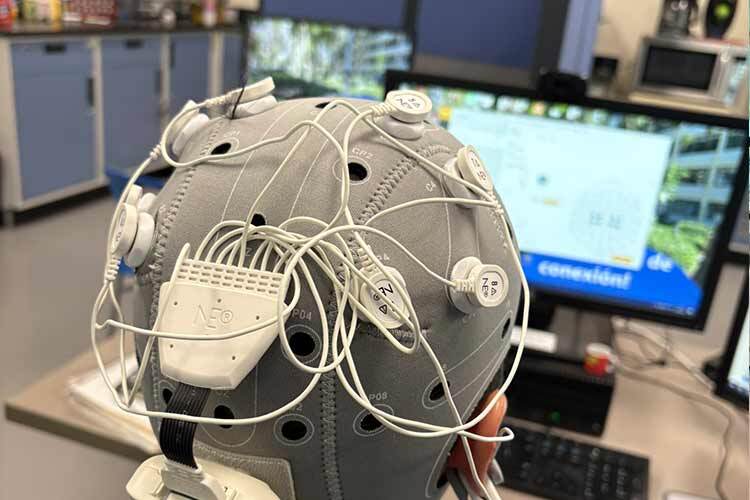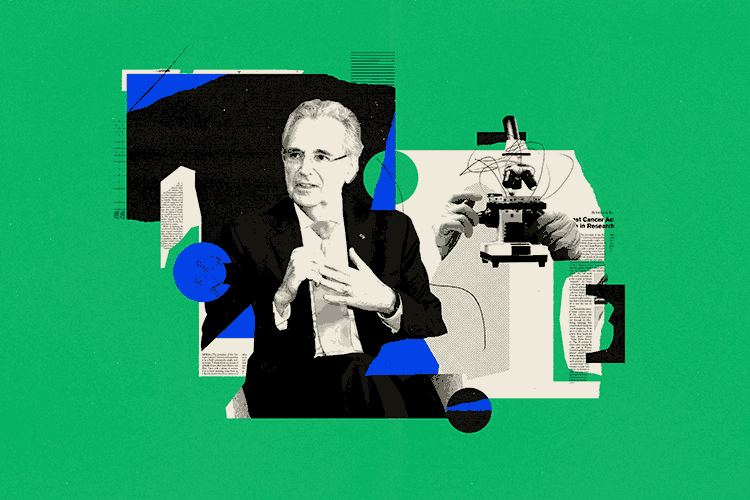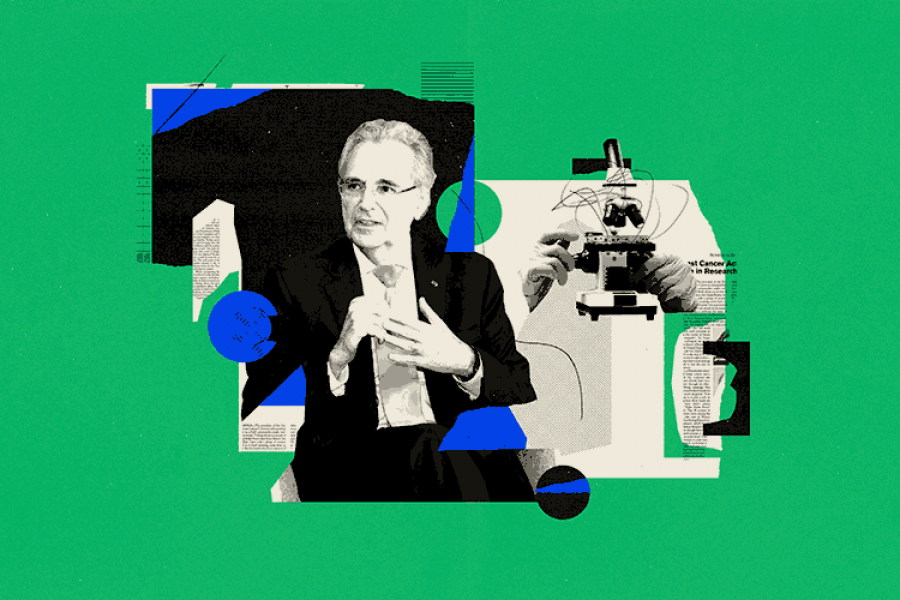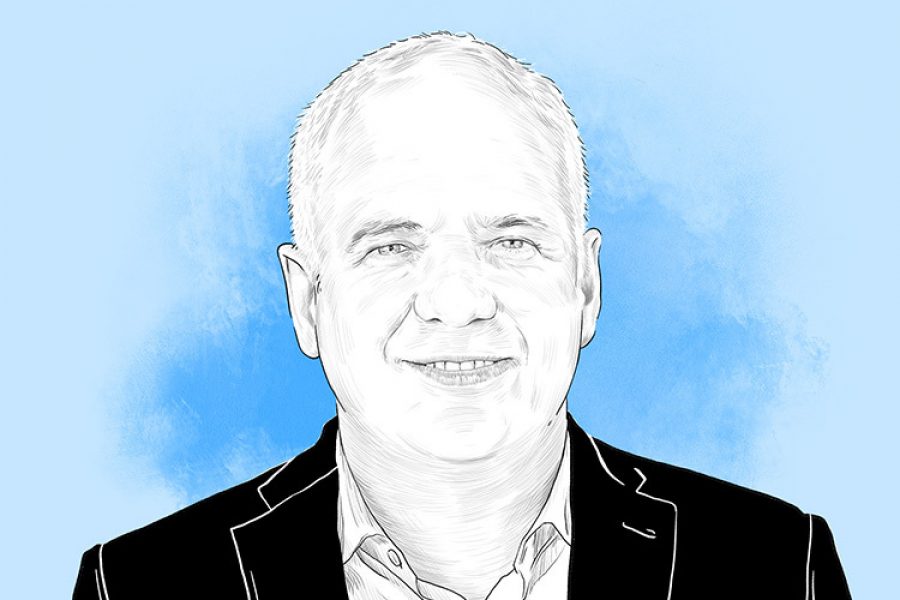Back in 44 B.C., Julius Caesar issued the Lex Julia Municipalis, a law that banned noisy carts from circulating on the streets of Rome at night, following numerous complaints from residents unable to sleep.
Since then, noise pollution has not only increased but has also become a growing concern, prompting efforts to regulate it for the wellbeing of people and the wildlife affected by it.
Noise Pollution: Causes and Consequences
Most mental health issues caused by noise pollution stem from the physical effects of exposure, especially when noise levels exceed 65 decibels.
Construction sites, cars, public transportation, industry, in-home noise, and unprotected factory environments pose immediate and long-term threats to those who are exposed — whether frequently or even just once.
“From birth, we begin to lose hearing due to age — which is normal — but when we add noise exposure, that hearing loss accelerates,” explains Israel de la Cruz, a specialist in audiology and otolaryngology at TecSalud.
This hearing loss can then lead to other cognitive or memory disorders. “For example, patients with hearing loss start going out less because they can’t understand what others are saying,” he says.
“They ask themselves, ‘Why go if I can’t follow the conversation?’ One of the most common causes of ear ringing, or tinnitus — a sound perceived in the ear — is hearing loss from acoustic trauma due to sound overuse. It’s also one of the anxiety disorders patients often report,” De la Cruz adds.
Acoustic Tinnitus and Mental Health Impacts
Patients suffering from acoustic trauma almost always begin to experience ringing in the ears, or tinnitus, which keeps them from sleeping — silence becomes the worst enemy of the ringing.
“When patients come to see us, what brings them in is the discomfort caused by these sounds, because they can’t sleep well. The main causes are stress, hypersensitivity changes, or changes in the nature of the ear ringing,” De la Cruz explains.
Exposure to noise is increasing worldwide in both prevalence and intensity. This rise has been shown to negatively impact cognitive abilities, with broader consequences for socioeconomic status, health outcomes, and overall global wellbeing, according to the 2022 study Noise pollution and human cognition: An updated systematic review and meta-analysis of recent evidence.
More recent studies have also linked residential noise to cognitive decline in individuals over 45, while aircraft noise may negatively affect children’s reading and attention skills.
De la Cruz notes that any form of acoustic trauma can lead to increased stress due to difficulties sleeping and concentrating — creating a vicious cycle of anxiety and environmental discomfort. “Stress brings a host of hormonal changes and also affects the cardiovascular system, raising blood pressure,” he says.
Cognitive Decline in Older Adults and Children
During the COVID-19 pandemic, De la Cruz noticed a spike in young patients reporting hearing problems related to sound overuse. Upon further investigation, he found that daily headphone use — whether for online classes or walking around — had caused acoustic trauma.
What’s especially concerning is that experiencing these auditory issues so early in life puts individuals at greater risk if developing other chronic, degenerative conditions later on, such as diabetes and hypertension — both of which also contribute to hearing loss. Add the possibility of infections into the mix, and the risk of total hearing loss increases — well before the average age.
The World Report on Hearing, published in 2021 by the World Health Organization (WHO), identifies hearing loss as a major global public health issue. It currently affects an estimated 1.5 billion people, a number projected to reach 2.5 billion by 2050.
“Today, here at Zambrano Hospital, we’re implanting more cochlear devices in adults than in children. It used to be the other way around — children born deaf would get cochlear implants, but that’s no longer the case.”
Multiple studies have linked untreated hearing loss to a higher risk of cognitive decline, including conditions such as dementia and Alzheimer’s disease. This makes addressing hearing loss in older adults crucial: it not only improves cognitive function, social engagement, and emotional wellbeing, but also helps mitigate issues like depression and dysphoria.
Precautions Against Household Noise
While it’s true that environmental noise is a major concern, the noise levels inside homes and apartments—where people spend at least a third of their time—are just as significant.
Some of the factors that affect indoor noise levels include pets, particularly dogs, according to research by engineer Alberto Hernández Ramírez from the National Autonomous University of Mexico (UNAM).
In apartments, which are often located near busy roads and high-traffic areas, traffic is the main source of noise—more so than industry, trains, or airplanes, Hernández’s study found.
The study also revealed that residents are mostly exposed to noise pollution from impulsive sounds generated within the home itself, such as nearby car engines, loud appliances, or blaring music.
“A good indicator is when we start to feel annoyed by our own noise, which really depends on each person’s perception,” Hernández explains.
Riding the Subway: A Long-Term Risk
Riding from Indios Verdes to the last stop on Line 3 of the Mexico City Metro is a daily routine for many users of the city’s public transportation system. However, both passengers and workers on this line could be at risk of hearing damage due to chronic noise exposure.
That risk was also confirmed by a study by Anahí Ortega, a chemical engineer from the Department of Environmental Sciences at the UNAM Institute of Atmospheric Sciences and Climate Change. Ortega measured noise levels across five metro lines. On platforms and inside trains, noise levels reached 102.4 and 82.3 decibels, respectively. However, Line 6 turned out to be the noisiest overall, due to its longer distances between stations and extended time spent inside tunnels.
Another factor that can influence noise exposure is how crowded the train cars are: the more people inside, the more the sound is dampened, since human bodies help absorb sound waves.
To reduce some of these effects in the STC Metro—which serves 1.17 million users daily—researchers suggest lining tunnel walls with sound-absorbing materials and replacing the current ballast with sound-dampening asphalt, especially in underground and enclosed areas. They also recommend hearing protection for metro employees as part of their standard safety gear.
Did you find this story interesting? Would you like to publish it? Contact our content editor to learn more at marianaleonm@tec.mx



















